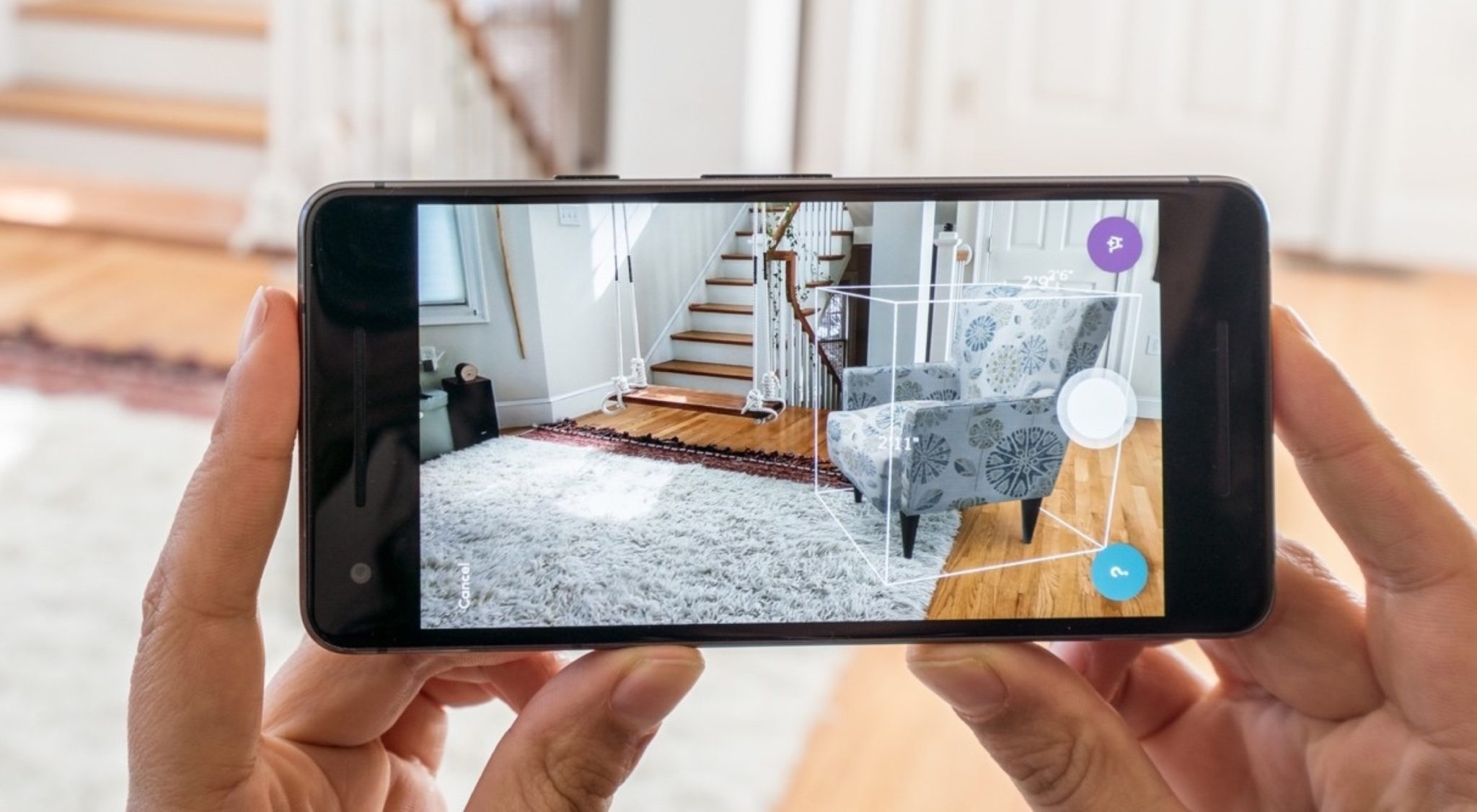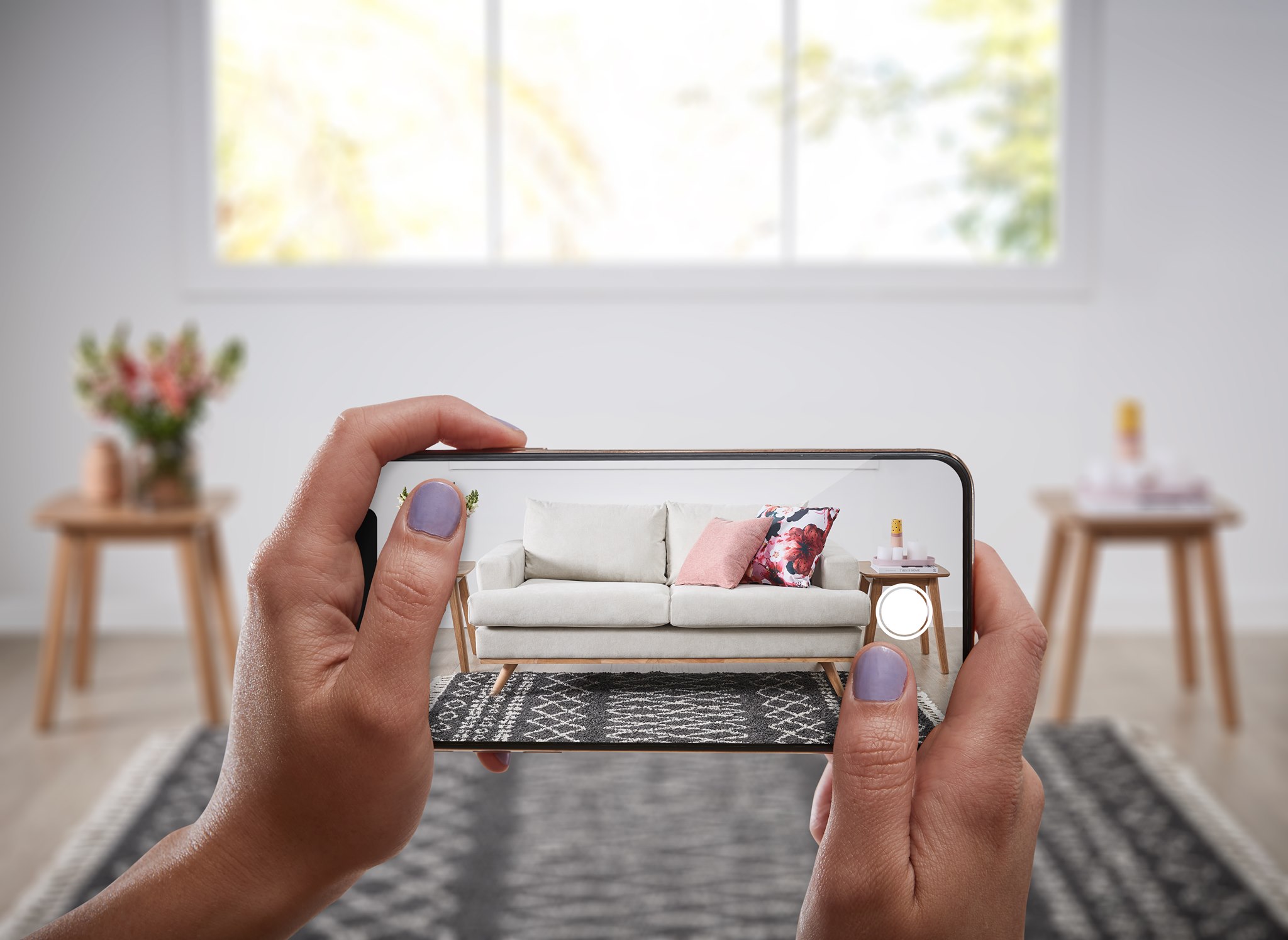3D and augmented reality (AR) is letting manufacturers and retailers of outdoor furniture take their long overdue bite out of the e-commerce pie.
Key takeaways:
- WFH formats and wellness priorities are powering new trends in outdoor furniture design and commerce
- 3D and AR technologies are allowing outdoor furniture brands to unlock the true potential of e-commerce

From designer deckchairs to garden beds, outdoor furniture is the flavor of 2023. The reason isn’t hard to fathom. With work-from-home gaining legitimacy around the world, people are reconnecting with their outdoor spaces. In the wake of the pandemic, citizens are starting to prioritize relaxation and maximizing ‘nature time’. With stylish innovations and cheerful designs, outdoor furniture sits right at the heart of this lifestyle transformation, enabling us to convert our gardens, rooftops and backyards into everything from zen-zones of rejuvenation to spaces of relaxation.
Outdoor furniture e-commerce comes of age
Is the table too big for the gazebo? Does the color of the hammock match that of the grass? Does the sofa carry the right vibe for those weekend porch parties? Not just outdoors, furniture in general tends to be a tactile purchase, with buyers preferring to touch, feel and try before making a purchase decision. Items of outdoor furniture also tend to be high-to-medium ticket items, while also being heavy and unwieldy. In this respect, shoppers are naturally wary of making a wrong purchase decision. These factors have resulted in outdoor furniture lagging behind with regard to e-commerce, while other sectors continue to fly.
This situation is finally changing with the advent of 3D and augmented reality (AR). According to reports, the global outdoor furniture market is expected to reach the USD 67 billion mark by 2028. 3D and AR has arrived at just the right time, allowing manufacturers and retailers to take a long overdue bite out of the e-commerce pie. It does so by giving buyers exactly what they want; control.
What exactly is 3D and AR?
Simply put, augmented reality is a technology that overlays digital information onto the real world. In an online furniture sales context, 3D and AR lets consumers figure out if a piece of furniture will look good in their home or garden by projecting a real-time 3D model of that piece of furniture onto their space through a smartphone or similar device.
While some versions of 3D and AR require special equipment, most only require a personal smartphone device and an internet connection, such as the solution offered by Enhance.
3D and AR-augmented outdoor furniture e-commerce: the customer journey
A typical 3D and AR user journey would look like this;
- Pick an item of furniture such as a lawn chair, swing, daybed or barbeque from an online catalog or an e-commerce page, and use Enhance’s software to virtually place them in one’s own environment.
- Scale and move the item around to see how well it fits into available space and how closely it addresses the current need.
- Drag, swivel and rotate an object to understand its spatial characteristics, specs and features from all sides and angles.
- Customize aesthetics and appearance options like color, pattern and style, to match the item with the mood and the décor, seamlessly and intuitively.
- All of this can be done anytime, anywhere with just a smartphone or similar device.

Don't take our word for it, see it for yourselves
For manufacturers and retailers of outdoor furniture, strategically adding 3D and AR to marketing and sales touchpoints can;
- Rein in costs by bringing down product returns by as much as 40%.
- Build a powerful brand through visual experiences people love to use and share.
- Help the business reach new markets with word-of-mouth and social virality.
- Refine product features with real-time behavioral response and user feedback.
- Entice a new generation of digitally native, mobile-first and visual-driven buyers with low attention spans and high purchasing power. This is a generation that already influences a majority of their family’s household purchases, adores innovative experiences, and is passionate about sustainable business practices.
Conclusion: What does 3D and AR mean for online furniture sales?
Greater sales. More revenue. Reduced costs. In a visual age, 3D and AR is enchanting consumers. In 2020, 34% of people browsed for or bought garden furniture online, and this number is increasing year-on-year. This equals rich pickings for business owners and revenue leaders, since online visitors can be up to 65% more likely to place an order after interacting with a product using 3D and AR.
Time to throw the hat into the ring
Makers and sellers of outdoor furniture who have so far been watching the digital transformation of e-commerce unfold from the sideline need not delay their foray any further. The shift to 3D and AR-enabled commerce is a simple 2-step process;
(1) Create 3D models of items from blueprints or photographs. Many companies will already have these ready to go as 3D models from the CAD design process.
(2) Convert them into AR-ready assets using easy to use software.
Manufacturers who already have (1) can straightaway move to step (2), while companies like Enhance are happy to lend a hand to those who need help with the ‘3Dfication’ process. The journey is worth the effort. For one thing, rebooting selling frameworks with 3D and AR lifts nearly every major business metric; from engaging eyeballs at the top of the funnel, to generating leads, to getting prospects to buy, then turning users into loyal ambassadors.
Secondly, users who have had a taste of the 3D and AR shopping experience are unlikely to want to return to the previous retail status-quo. Not surprisingly, it is predicted that by 2025, a whopping one-third of shoppers in the USA will be using some kind of 3D and AR powered format. Manufacturers and retailers of outdoor furniture must be quick in visualizing their opportunity to enhance their customer’s retail experience.






